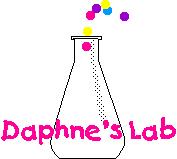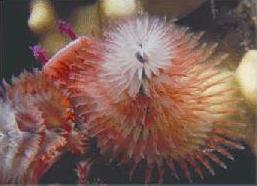 close window |
Our Oceans - The Health of
Our Planet
Class : 2 The Great Barrier Reef
The Questions You Ask: |
 close window |
Our Oceans - The Health of
Our Planet
Class : 2 The Great Barrier Reef
The Questions You Ask: |
 |
It is
the coral polyp skeleton that forms the reef. Long after the coral
polyp dies, the corallite remains attached to the reef. Billions of
these coral skeletons, many as ancient as the Pyramids, make up some
of the oldest, largest and most beautiful structures on Earth. There
are many different kinds of corals. These are what gives the coral
reef its colourful appearance. Corals feed mostly on plankton. Coral
grows in warm climates where there is clear salt water and sunlight.
They don't like pollution. Also check out: Hol Chan - Belize, Central America |
|||
| VOCABULARY coral reef - a natural barrier made of the bodies of living and dead coral. Polyp(POL-up) - The cheif architect of a reef. No larger than a pea, it is a soft fleshy animal that resembles an upside down jellyfish |
||||